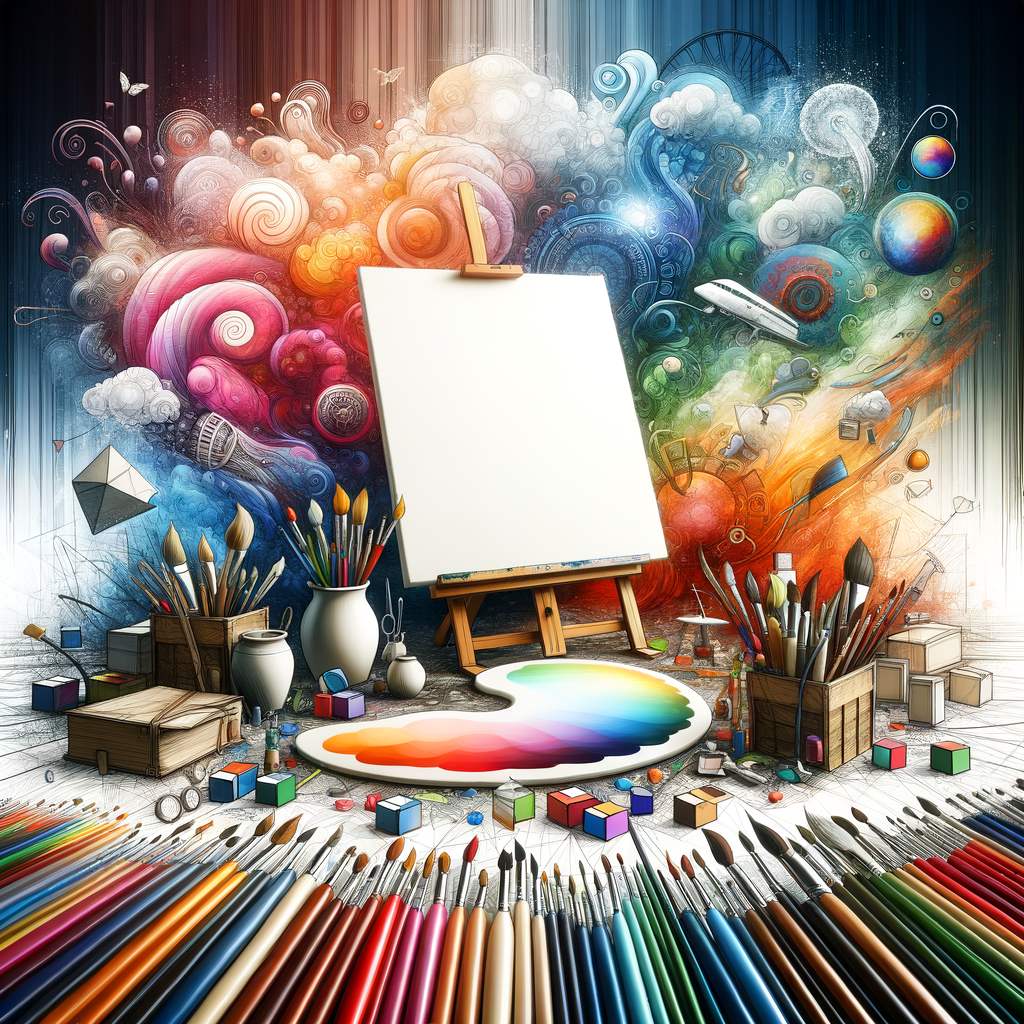
Color theory is a fundamental aspect of creating captivating digital art. Understanding the interplay of colors can transform your artistic skills, allowing you to evoke emotions, set moods, and bring your ideas to life. In this article, we'll delve deep into the principles of color theory, provide practical tips for applying these concepts in your digital artwork, and explore how the right color choices can enhance your creative process.
Color theory is not just about knowing which colors look good together; it's about understanding the psychological and emotional effects colors have on the viewer. Whether you are a beginner or a seasoned artist, mastering these concepts can significantly enhance your art.
1. **Understanding the Color Wheel**: At the core of color theory lies the color wheel. This circular diagram displays the spectrum of colors and shows relationships between primary, secondary, and tertiary colors. Primary colors (red, blue, yellow) are the foundation, from which all other colors can be mixed.
2. **Types of Color Schemes**: A solid grasp of color schemes can help you create harmony in your artwork. Here are a few popular schemes:
- Monochromatic: Variations in lightness and saturation of a single color create depth.
- Analogous: Colors next to each other on the color wheel provide a serene and comfortable feel.
- Complementary: Opposite colors on the wheel create a vibrant contrast, making each color stand out.
3. **Emotional Impact of Colors**: Colors can evoke specific emotions. For instance, red can signify passion or danger, while blue tends to evoke calmness. Understanding these associations can help you convey your intended message effectively through your artwork.
4. **Mixing Colors**: Knowing how to mix colors accurately is essential for any digital artist. Here are some tips:
- Start with primary colors and experiment with mixing different ratios to see the outcome.
- Use a color picker tool in your digital software to create custom shades and tones.
- Practice blending colors to create gradients, enhancing the realism of your artwork.
5. **Practical Applications**: Try incorporating these concepts into your projects:
- Choose a limited color palette for a painting challenge to test your creativity.
- Create a character study where you apply different color emotions based on their personality.
- Analyze famous artworks for their use of color theory and learn through their techniques.
6. **Tools for Color Selection**: Many digital art programs provide excellent tools for choosing and managing colors:
- Adobe Color: Online platform to create custom color palettes.
- Procreate: Offers color dynamics features to experiment with different blending and shading techniques.
- Krita: Provides a range of color selection tools and brushes to enhance your painting experience.
7. **Finding Your Color Style**: As you become skilled in color theory, don't forget to develop your unique style. Experiment with different color palettes, and don’t be afraid to break the rules. The most captivating artworks often blend traditional theories with personal intuition.
With dedication and practice, you can master color theory and use it to elevate your digital artwork to new heights. The journey of understanding color is ongoing, but each step brings you closer to creating pieces that resonate with viewers on an emotional level. Happy painting!

